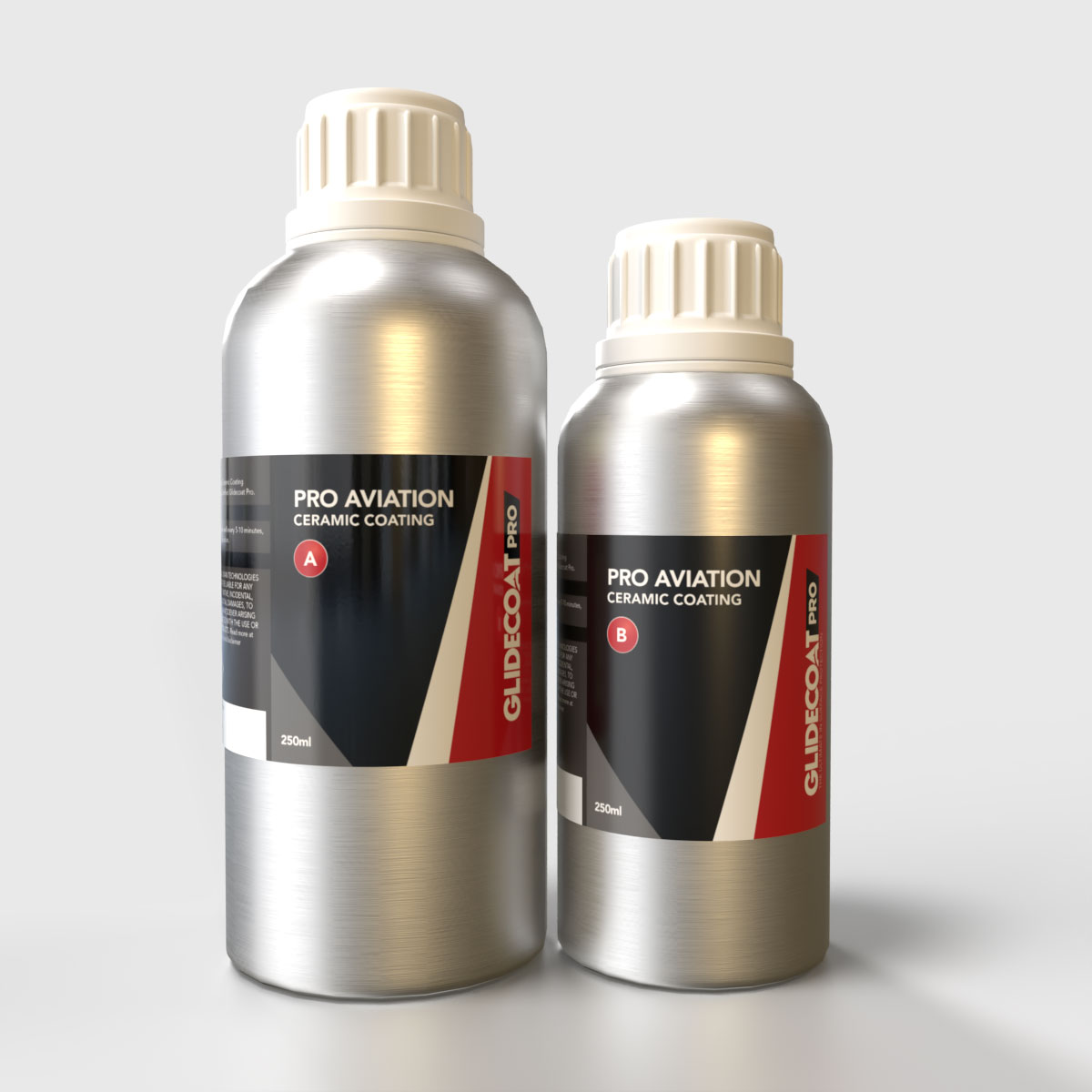The Long-Term Perks of Deciding On Ceramic Coating Philadelphia for Your Automobile
The Long-Term Perks of Deciding On Ceramic Coating Philadelphia for Your Automobile
Blog Article
Why Ceramic Covering Is the Ultimate Solution for a Remarkable Finish
Ceramic coating has emerged as a leading option for those seeking a perfect finish for their automobiles, many thanks to its remarkable durability and protective attributes. What elements absolutely established ceramic finish apart?
What Is Ceramic Layer?

When used properly, ceramic finishing creates a hydrophobic surface that drives away water and dirt, making it simpler to clean and keep. Unlike conventional waxes or sealants, which usually provide temporary protection, ceramic layers can last for several years, depending upon the product top quality and application method. The process of using ceramic finish calls for thorough preparation, consisting of detailed cleaning and in some cases paint adjustment, to guarantee optimum bonding and efficiency.
Ceramic finishes are not limited to automotive surfaces; they can likewise be made use of on numerous products, consisting of glass, metal, and plastics, offering a functional service for improving security. In general, ceramic layer represents a substantial innovation in surface area protection technology, combining both aesthetic and useful advantages for a wide variety of applications.
Benefits of Ceramic Covering
While many surface area security choices exist, the benefits of ceramic layer stand apart due to its special homes and long-lasting efficiency. One of the primary benefits is its extraordinary toughness. Ceramic Coating Philadelphia. Unlike typical wax or sealers that require regular reapplication, ceramic finishes provide a resistant layer that can last for a number of years, substantially minimizing upkeep efforts
An additional noteworthy benefit is improved defense against ecological contaminants. Ceramic layers produce a hydrophobic surface area that repels water, dust, and numerous pollutants, making it simpler to clean. This function not just preserves the vehicle's look but additionally minimizes the threat of rust and oxidation, specifically in severe climate condition.
Moreover, ceramic layers supply remarkable resistance to UV rays, avoiding fading and degradation of paint in time. This UV defense is essential for preserving the aesthetic value of surfaces and vehicles revealed to direct sunlight.
Furthermore, the glossy finish attained with ceramic covering improves the general visual allure, giving surfaces a showroom-quality shine. On the whole, ceramic layers represent a substantial advancement in surface security modern technology, providing enduring advantages that satisfy both visual and useful demands.
Just How It Functions
Comprehending the science behind ceramic finishes discloses just how they supply such impressive security and longevity. At its core, a ceramic finishing is a fluid polymer that chemically bonds with the car's factory paint. This bonding produces a protective layer that is both oleophobic and hydrophobic, repelling water, dust, and oil. The key element of most ceramic finishes is silicon dioxide (SiO2), which is obtained from quartz. This substance adds to the finish's hardness and resistance to scratches, UV rays, and ecological impurities.
The application procedure includes several actions, consisting of surface area preparation, which is essential to accomplishing optimum bond. Once applied, the coating goes through a curing procedure, throughout which it sets and develops a semi-permanent bond with the paint surface. This bond is what distinguishes ceramic finishes from typical waxes and sealants, giving a longer-lasting protective barrier that can endure for several years.
In addition, the density of the layer can improve its safety high qualities, guaranteeing that it can stand up great site to extreme problems. Ultimately, the science of ceramic coverings combines advanced materials with cutting-edge application strategies to provide an exceptional level of defense and visual improvement for vehicles.
Comparison With Typical Techniques
When compared to standard paint defense approaches such as sealers and waxes,The advantages of ceramic finishes end up being particularly noticeable. While waxes use a momentary shine, typically lasting a couple of weeks to a number of months, ceramic finishings give a lasting protective layer that can withstand for a number of years. This toughness dramatically reduces the frequency of reapplication, making ceramic coverings an extra cost-effective option with time.
Additionally, traditional methods typically call for considerable prep work and numerous applications to attain a satisfactory level of protection. On the other hand, ceramic layers bond at a molecular degree with the vehicle's surface area, developing a durable guard versus environmental pollutants like UV rays, acid rainfall, and road salts. This bond enhances the car's resistance to scratches and swirl marks, which prevail with conventional hop over to these guys waxes and sealers.
Moreover, the hydrophobic properties of ceramic finishes ward off water and dirt, leading to simpler cleansing and upkeep. In comparison, wax and sealant-treated surfaces can attract gunk, necessitating even more frequent washing - Ceramic Coating Philadelphia. In general, ceramic layers not only provide remarkable security however likewise provide an extra enduring and visually appealing coating, establishing them as the favored selection for discerning vehicle proprietors
Application and Upkeep Tips

Using a foam applicator, use the coating in tiny areas, adhering to the manufacturer's guidelines concerning density and overlap. Allow sufficient curing time in between layers, usually 24 hours, to ensure correct bonding. After application, it is essential to stay clear of direct exposure important source to water or rough components for a minimum of a week to permit the finish to totally treat.
In addition, making use of a ceramic maintenance spray can enhance the coating's hydrophobic residential or commercial properties and longevity. Routine evaluations for any kind of indications of wear will certainly help maintain the layer's honesty and maintain that excellent surface.
Conclusion
In final thought, ceramic finish arises as a superior alternative for accomplishing a perfect vehicle coating. By developing a robust bond with factory paint, ceramic covering efficiently shields against scratches, UV rays, and ecological contaminants.

Report this page